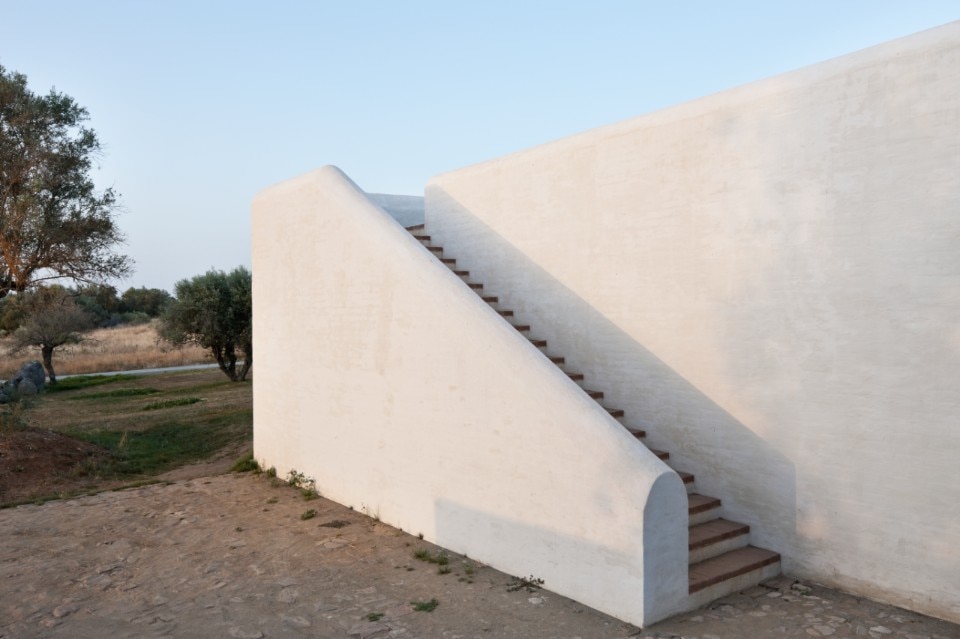"Lighter than Air" comprises of a 3-D camouflage net held up by helium-filled weather balloons, forming what the designer and architect call a "camovapor" climate system that floats above the barge. The camovapor's shape and orientation change constantly in response both to the wind and to public activity. Visitors are invited to use an outdoor gym of bicycles to generate "pedal power" that inflates additional weather balloons and transforms liquid water into water vapor—either as mist or steam. As the water vapor condenses on the cool surfaces of the camouflage nets, the 3-D perforation of the camouflage net will temporarily retain this water. When combined with the harbor breeze, cool micro-climate zones will be created. "Lighter than Air" uses the principles of atmospheric micro-climates to create a new form of interactive public space. The resulting microclimatic spaces will cause the public to interact with weather as an ephemeral form of architectural space.
In a statement, Rotem and Hoang said,
"We are excited by architecture that transforms. With our 'Lighter than Air' proposal, we used the strategy of camouflage in an urban setting. We were interested in how camouflage, as design concept, could result in the transformation of space instead of obfuscating space. Early on in our design process, we wanted to change the recognizable figure of a barge in a city. Both the experience and the form of the barge will be transformed into an interactive atmospheric phenomenon. The possibilities of interactive space provide us with further architectural transformation. The 'camovapor' climate system will constantly change its form in response to both environmental and public interactions. The unpredictability of our project's form is exciting to us. The transformability of 'Lighter than Air' will create a different experience for visitors each time they return—thus, architecture that transforms."

Rachely Rotem Studio is a New York and Tel Aviv-based design practice with projects ranging from urban environments to interiors and furniture design. In 2010, Rachely Rotem Studio won the Art Basel Miami Beach/Creative Time "Oceanfront" competition. In 2004, Rachely Rotem won the 'Catch the Light' international competition (with LoT) for the 2004 Athens Olympics. Rachely Rotem currently teaches in the graduate architecture program at the University of Pennsylvania.


A prize for architecture between lights and volumes: LFA Award
An international photography competition that invites photographers worldwide to capture the essence of contemporary architecture. Inspired by the work of the famous Portuguese photographer Luis Ferreira Alves, the award seeks images that explore the dialogue between man and space.




















